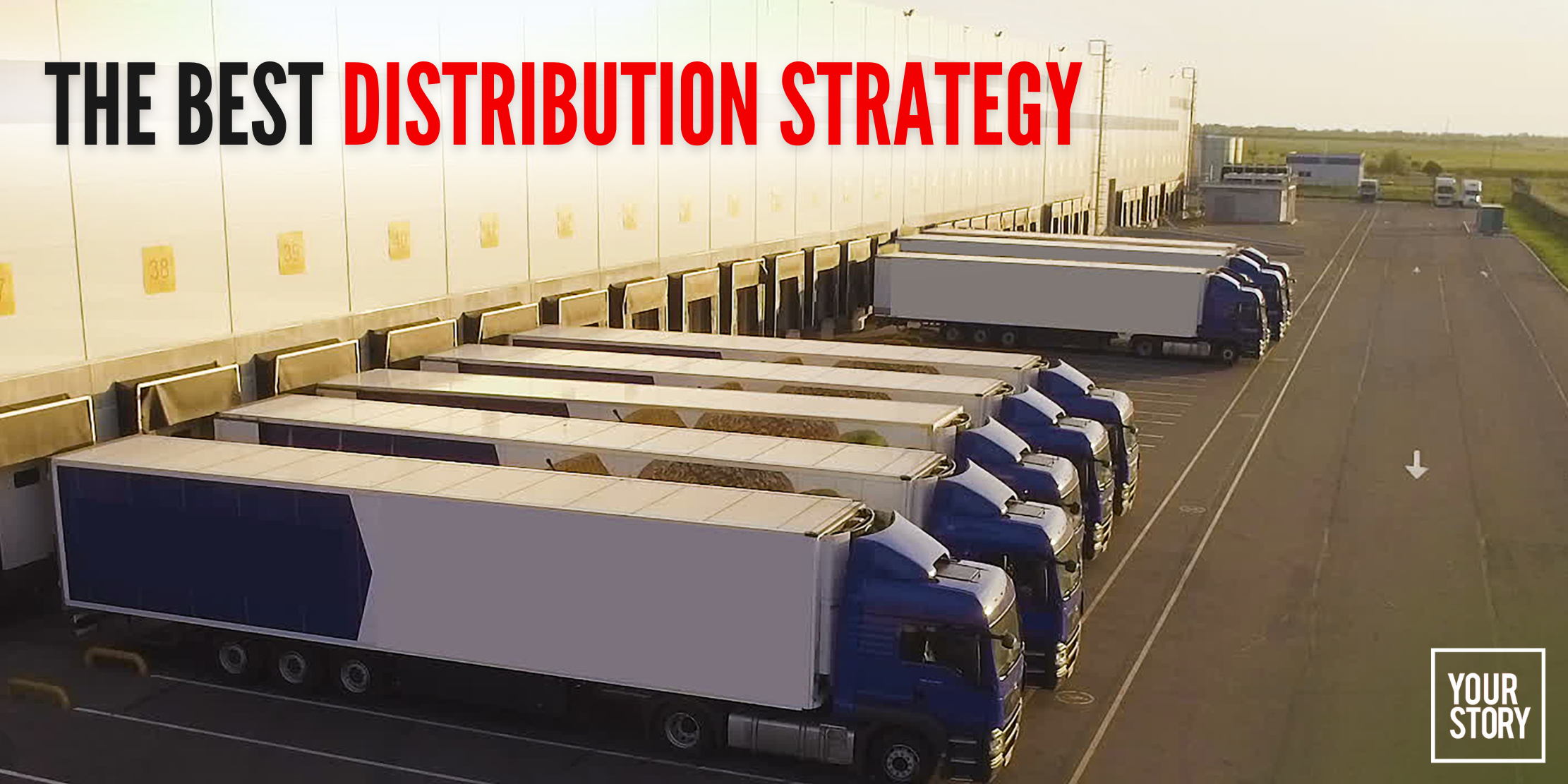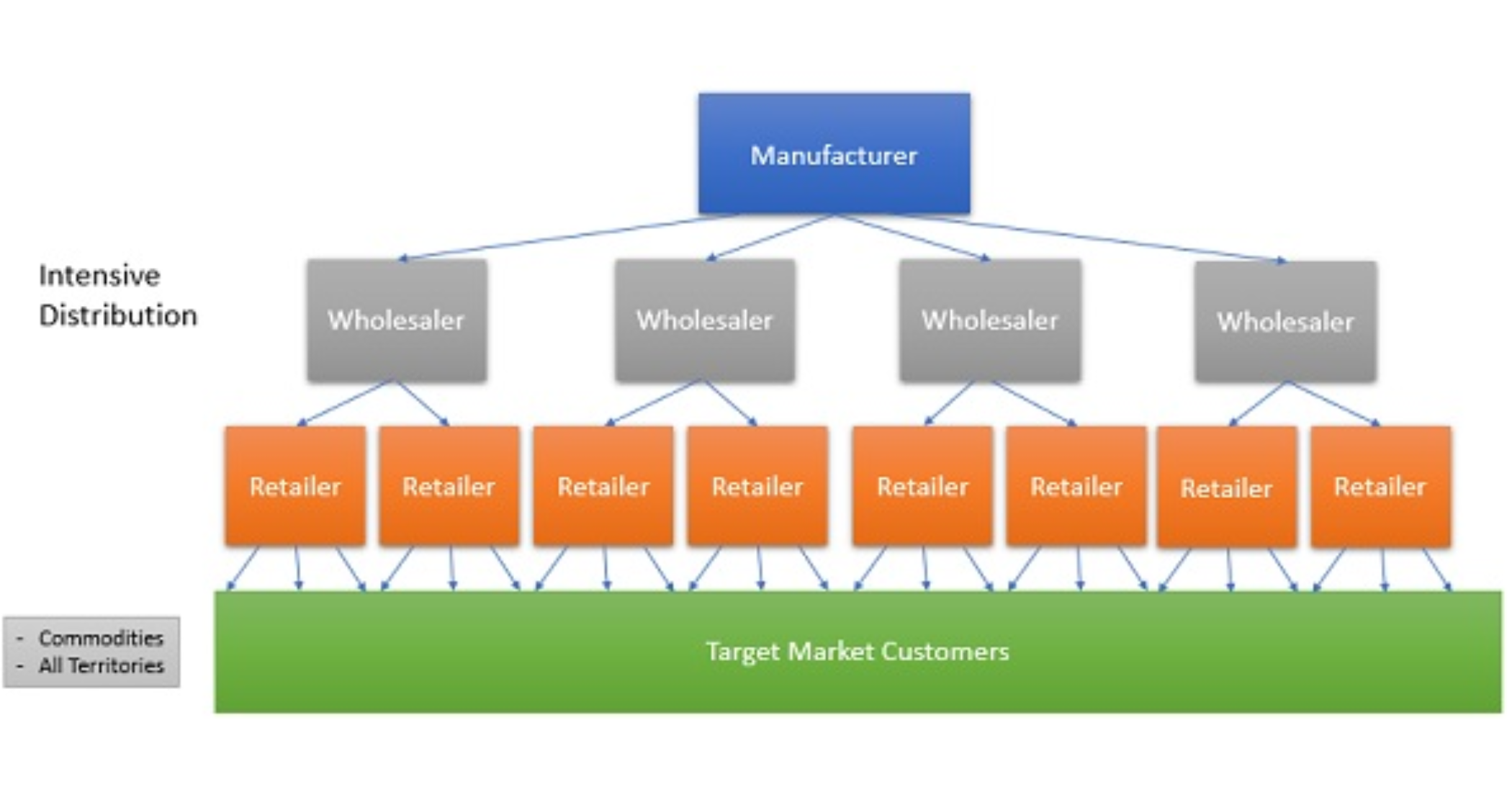
When launching a startup, one of the most crucial decisions you’ll make is how to get your products into the hands of customers. Your distribution strategy can make or break your business. Let’s break down the nuts and bolts of distribution strategies to help you find the best fit for your budding enterprise.
Direct vs. Indirect Distribution
Think about your route to market. Direct Distribution is your all-access pass to engage with customers directly. It’s perfect for personalised products or if you want complete control over the customer experience. But, it can be like a juggling act, balancing both creation and delivery.
Flip the coin, and there’s Indirect Distribution. This is when you shift the responsibility to someone else—retailers, distributors, the people who already have the map and the compass to navigate the market. They can launch your product across various markets, but remember, they’ll take a piece of the pie!
Picking the Distribution Intensity
Now, onto how loud you want your product’s voice to be in the market.
Intensive Distribution: If you’re in the game of mass-market products, every shelf and corner store in the market is your target. The intensive path is the only way to reach the masses by ensuring your product is available at every possible outlet where a customer might seek it. Convenience is key. This approach aims to provide maximum availability, targeting a wide audience where they shop, eat, and live. It’s a go-to strategy for products that consumers buy on impulse or without much pre-purchase research.

Exclusive Distribution: On the other side is exclusive distribution—the VIP lounge of strategies. Here, you’re picky about creating an aura of exclusivity and luxury. High-end products often take this route to maintain their elite status. This strategy is about making a statement, setting your product apart from the crowd by selling it through a limited number of channels. It’s not just about the product; it’s about the prestige. The exclusivity factor can boost the product’s allure, commanding higher prices due to its perceived luxury status. It’s a strategy suited for products that promise uniqueness or high value, like limited edition watches or luxury cars.
Selective Distribution: In the middle is selective distribution. You handpick a few places that fit your brand’s vibe. It’s about finding the right crowd for your product without spreading yourself too thin, and ensuring that your product is available in select locations chosen to best resonate with your target market. It strikes a balance between being too widespread and too restricted. This approach helps maintain a product’s prestigious image while making it available enough for consumers who are most likely to buy it. It’s perfect for products that offer specialty features catered to particular interests, like organic skincare, or frozen food! This is a popular choice for many startups.
Crafting the Path for Niche Products
For products that aren’t meant for everyone, the selective distribution strategy is like finding the perfect little coffee shops for your gourmet beans. You target specific stores that attract your ideal customers. It’s about quality over quantity, placing your products where they’ll shine and resonate with a discerning audience.
Exclusivity for Premium Offerings
When you have a high-end product, like designer jewelry or luxury cars, exclusive distribution keeps it elite. You’re not just selling a product; you’re selling an experience and status. By placing your products in select, often upscale venues, you ensure they keep their premium allure and don’t get lost in the crowd.
Mass-Market Magic
If you’re dealing with products that are part of daily life, like snacks, toothpaste or detergent, the intensive and indirect distribution approach is a must. You need to ensure your product pops up everywhere, from online mega-stores to the local mom-and-pop shops.

Channels for All
No matter the strategy, remember the channels. Sales channels are where you make the pitch. For niche items, think of boutiques or specialised online platforms. For premium products, it’s about an exclusive showroom or high-end online experiences.
Delivery channels are your logistical backbone. For niche products, this could mean premium delivery services. For mass products, think of robust supply chains that can handle the volume.
And for all, service channels play a pivotal role. For high-end goods, concierge-like customer service can enhance the luxury feel. For selective distribution, knowledgeable staff can provide the personalised touch. For mass-market goods, it’s about efficiency and solving problems quickly.
Choosing the best distribution strategy is like picking the perfect gear for a road trip. It’s about efficiency, reach, and keeping your brand’s promise. Gear up with the right strategy, and your startup’s journey to success will be smooth sailing. Keep it smart, strategic, and customer-focused, and you’ll have a winner!
Edited by Roshni Manghnani



![Read more about the article [The Turning Point] How this IIM alum turned his passion for politics into a profitable startup](https://blog.digitalsevaa.com/wp-content/uploads/2021/03/Founder-1616764950735-300x150.jpg)






